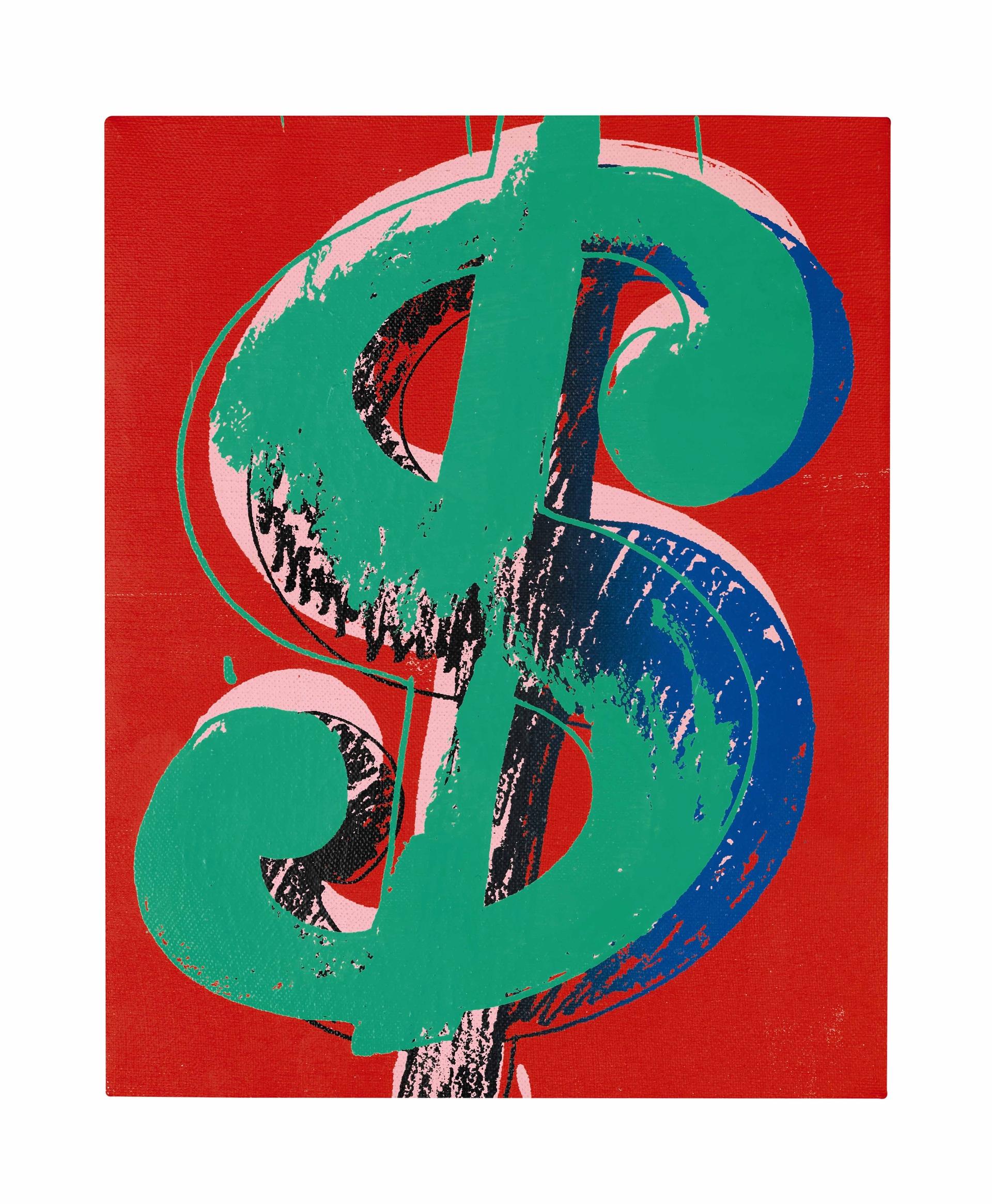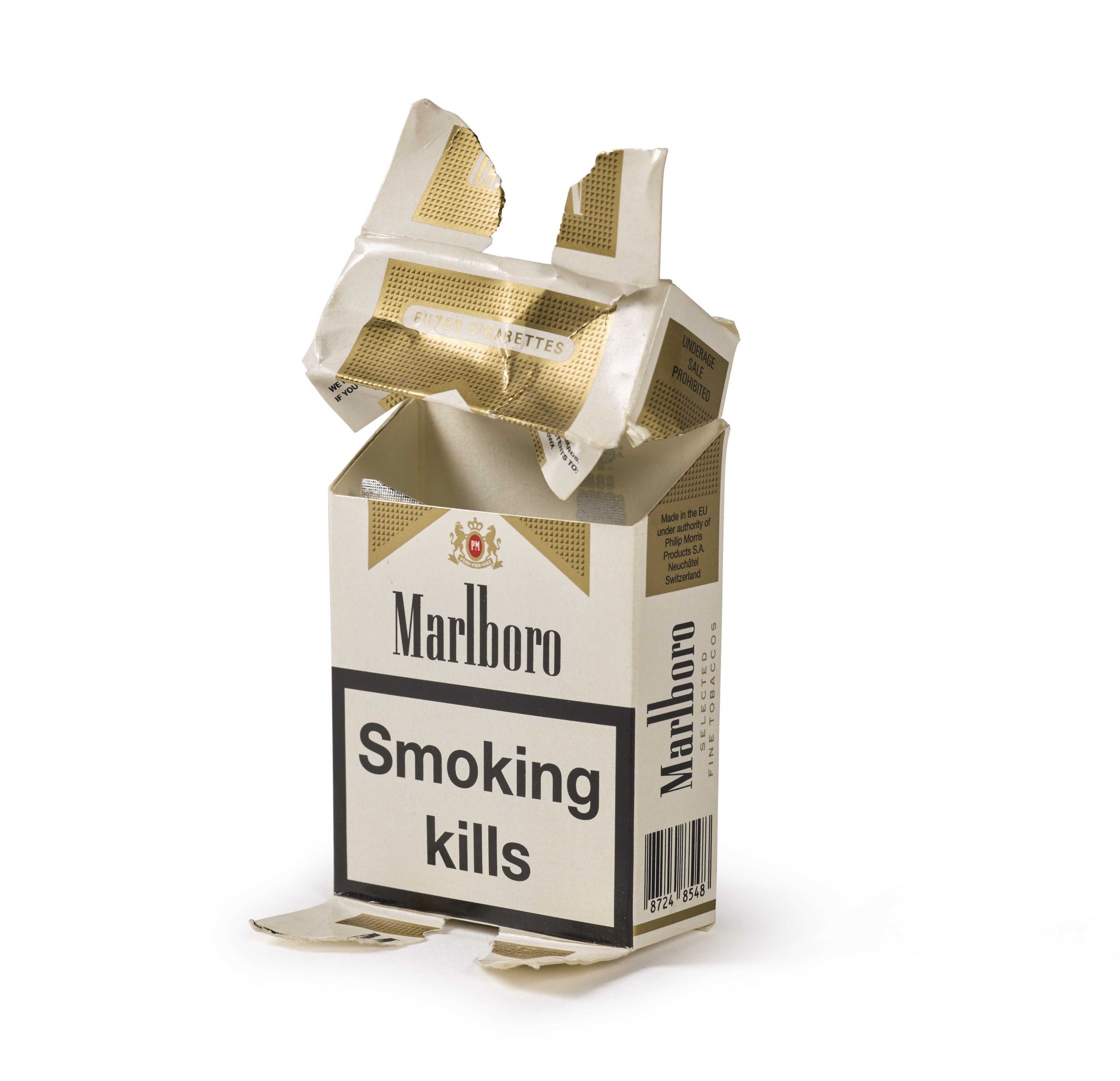Franky Dunphy, the man who helped turn Damien Hirst into one of the world’s richest living artists, is selling his collection at Sotheby’s in September. At the core of the Dubliner's collection, which is expected to fetch between £6m and £8.4m, are personal pieces by Hirst, such as a 1997 pill cabinet given to Dunphy when he was ill and a paint-splattered bust created in 2008 for Dunphy’s 70th birthday.
Dunphy, now 80, first started working with Hirst in 1995, an eventful business relationship that lasted until 2010. The duo met after Hirst’s mother heard that Dunphy’s accountancy practice looked after art world and show-biz figures such as Gene Pitney and Peter Grant, who went on to discover the band Led Zeppelin.
“Damien and I bonded over a game of snooker. He’d just won the Turner Prize, and I feel I became a bit of a paternal figure to him and he eventually asked me to be his manager,” Dunphy told the Independent newspaper in 2015. Hirst, meanwhile, once said: “I was a punk until I met him.”

Andy Warhol's Dollar Sign Sotheby's
Dunphy played a key role in the defining moments of Hirst’s career. In 2004, he organised a fire sale of the paraphernalia from Hirst’s London restaurant Pharmacy, netting £11m. Four years later, Dunphy masterminded Beautiful Inside My Head Forever, the Sotheby’s white glove auction of 223 work that racked up £111m in two days. The sale made headlines, not least because all of the works were consigned directly from Hirst, cutting out the middleman of the gallery. Dunphy was also reported to be an investor in the £50m diamond-encrusted skull Hirst made in 2007.
The pair parted ways in 2010, although Dunphy continued to buy art with his wife, Lorna, whom he married 30 years ago. He is selling now as he has “got to the point in his life where he’s doing some housekeeping”, says Oliver Barker, the deputy chairman of Sotheby’s Europe, noting that Dunphy recently donated several pieces to Pallant House in Chichester, with plans to give more to the British Museum.
Describing Dunphy as “the Svengali-type character behind every creative genius”, Barker says: “Frank is not only a great client, but a good personal friend of mine, and of Sotheby’s. He’s been extremely loyal, which is a currency we don’t use too often these days.”

Tracey Emin's Marlboro Sotheby's
Less conventional pieces being sold include a pack of Marlboro Light cigarettes transformed into a cat by Tracey Emin (est £300-£400) and Hirst’s sketch, Win, draw or lose, we’re here to booze’ (est £1,000–£2,000), which was penned on the back of a restaurant menu.
“They are probably what we would call appropriation. If you think of Picasso taking a restaurant menu, tearing it up and creating a collage out of it, they are readymades that become art works,” Barker says.
Around 200 works by more than 60 artists are going under the hammer in two sales (one online) on 20 September, with a selection going on display in London 22-26 June. Highlights include a 1961 slash painting by Lucio Fontana (est £600,000-£800,000), an abstract canvas by Richard Prince from 2011 (£50,000-£70,000) and a vivid Andy Warhol dollar sign painting from 1982 (£200,000-£300,000).
“Dunphy collected with a very assiduous eye,” Barker says. “The Warhol dollar sign, for example, is one the best of its type and size and colour. And provenance; it used to belong to [the curator] David Whitney. Frank didn’t set out to be didactic, but ended up with a really joyful group of objects.”


